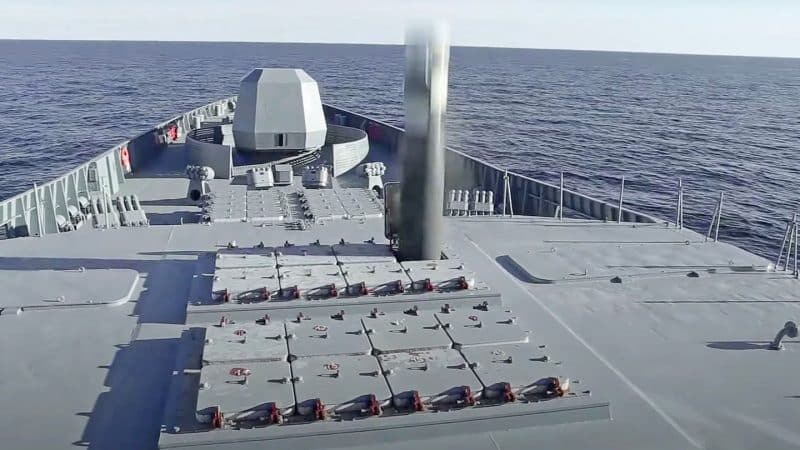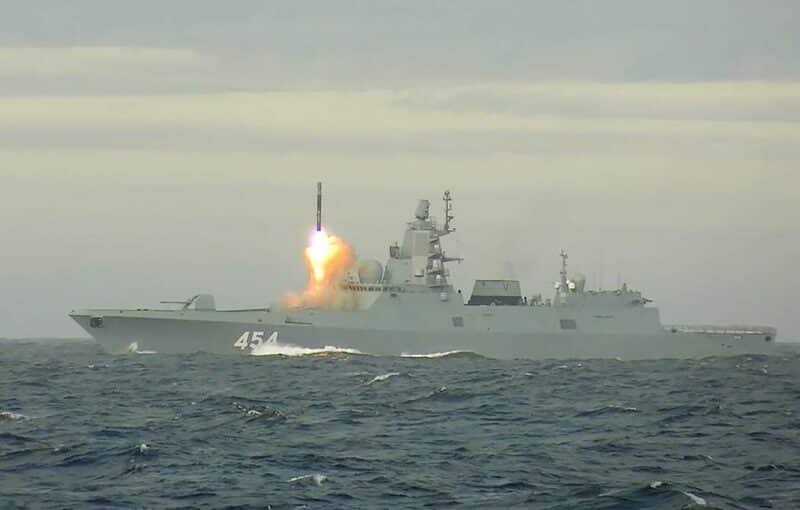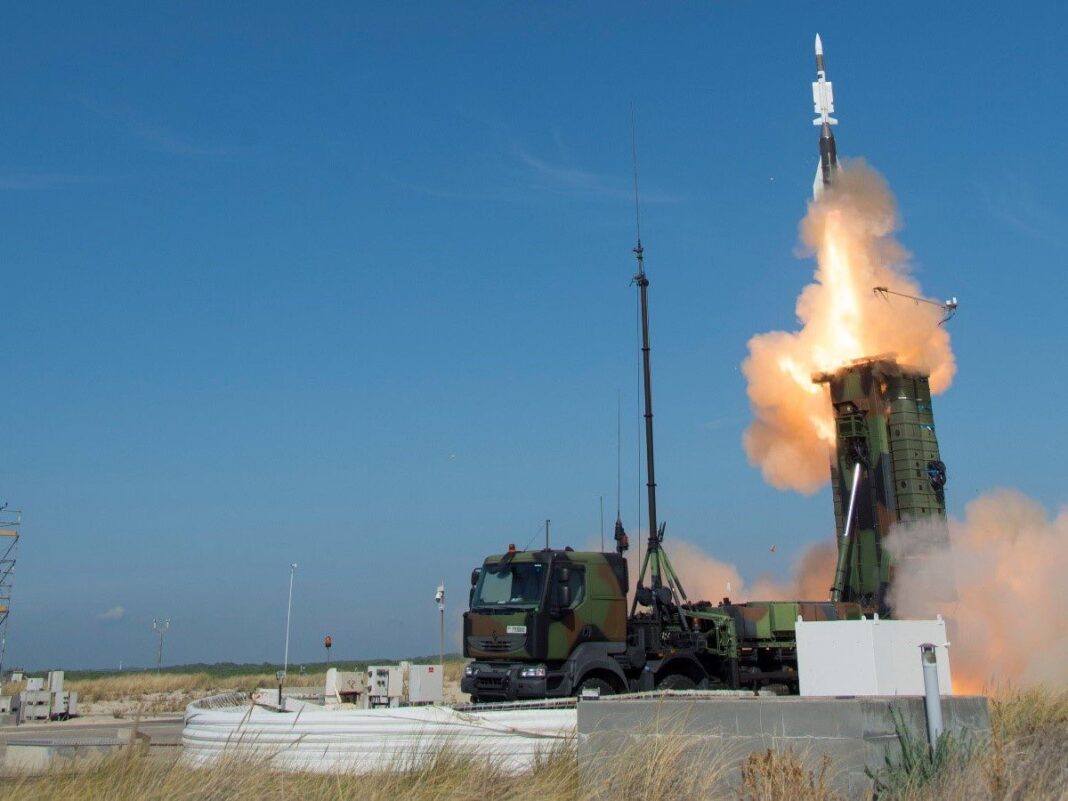Among the new weapons deployed by the Russian armies in recent years, the hypersonic 3M22 Tzirkon missile was, along with the Avangard hypersonic glider, the most worrying for the Western camp.
This missile, with a range of 1000 km, had, in fact, the potential to profoundly transform the geometry of air and naval combat, by considerably reducing the reaction times of the targeted ships, while being almost invulnerable to the anti-aircraft and anti-missile defenses existing today. today, like the American SM-6, or the French Aster 30.
To the point that many voices have been raised to question the sustainability of large naval air and amphibious surface units, like aircraft carriers or assault helicopter carriers, described as preferred targets for this type of missile.
The performance of the other hypersonic missile, or presented as such by Moscow, the Kinzhal, in Ukraine, should probably have called for more caution in this area, as this one turns out to be neither hypersonic, nor invulnerable to defenses. modern Ukrainian anti-missiles.
In this section:
Moscow launches Tzirkon hypersonic missiles against Ukraine
If the Kinzhal remains a formidable ballistic weapon, which requires, to be intercepted, that the anti-missile battery be positioned near the intended target, it lost, in Ukraine, the aura of invincibility which had been built by communication about her.

This is perhaps what prompted Moscow to use, this week, its second Wunderwaffen (miracle weapon), against Kyiv, the 3M22 Tzirkon missile, although it was initially designed as an anti-ship missile with of strikes towards land, and not as a surface-to-surface cruise missile.
Unlike the Kinzhal, the Tzirkon has a super-stato-reactor, and maneuvering capabilities, making it a true hypersonic weapon, capable of evolving at more than Mach 5, to thwart the most modern enemy anti-aircraft defenses, such as the American Patriot PAC-3, or the Aster 30 of the Franco-Italian SAMP/T Mamba system.
The Tzirkon's speed worked as expected. Indeed, where the inhabitants of Kyiv had, until now, several tens of minutes to reach the shelters after an alert was launched, they were surprised to note that the explosions of the Ukrainian DCA, then the missiles themselves themselves, arrived only a few minutes after the alert was given.
Lesser performance than expected from the 3M22 Tzirkon missile, according to the Ukrainian specialist press
It seems, however, that other surprises awaited the Ukrainians regarding these strikes, but not bad ones this time. Indeed, according to the Ukrainian specialized press, if the Tzirkon indeed had a hypersonic transit speed, it would have slowed down to around Mach 4,5, for its final dive phase.

There are 75% of this article left to read, Subscribe to access it!
The Classic subscriptions provide access to
articles in their full version, and without advertising.
Meta-Defense celebrates its 5th anniversary!

- 20% on your Classic or Premium subscription, with the code Metanniv24
Offer valid from May 10 to 20 for the online subscription of a new Classic or Premium, annual or weekly subscription on the Meta-Defense website.



We had already discussed this subject when this missile was officially released.
It should be put in the same bag as the Poseidon torpedo or the Sarmat Mesc***illes.
These are pretty crude propaganda powerpoints.
A 5th grade student solves physics problems to demonstrate that a torpedo cannot in any way release the energy of a tsunami and that a missile with more than mach 5 is uncontrollable at low level (it would not resist the change of direction )
The subject is not very well posed. There is no doubt about a missile's ability to intercept a fast-moving missile. The problem is the interception envelope which is particularly small. The or an Aster 30 covers an area 160 km high and 200 km wide for a hostile vector sailing at Mach1, for a vector at Mach 4 or 5, the area will probably be 20km high and 50 km wide. More batteries would therefore be needed to cover the front line. It's purely geometric. And having this slowdown effect in the final phase certainly helps but doesn't completely change the problem either. From 8 systems to cover the front line, 256 would be needed for comparable coverage against hypersonics. Not the same story or the same costs.
This is mentioned in the article, since it is said that the Aster/Patriot/SM-6 battery must be close to the intended target. In fact, it's not a question of speed, but of ceiling. These missiles peak between 25 and 35 km altitude, where the hypersonics transit between 50 and 60 km altitude, precisely to avoid the Patriots because they are too high, and the SM-3/THAADs because they are too low.
In fact, the only way to intercept them is when they dive and pass under the ceiling of the Aster/Patriot/SM6. As these missiles are designed to intercept diving ballistic targets moving from Mach 3 to Mach 5, they can intercept the Tzirkon. On the other hand, as they can only intercept from an altitude of 30 km +/- 5 km, they must stay very close to the area targeted by the missile.
However, in the case of the 3M22, which is above all an anti-ship missile, this is good news, because regarding frigates and destroyers, the target and the battery are one. Simply position yourself close to probable targets, the PAN, PHA or BRF, to be within the required firing envelope.
Super clear, thank you very much!